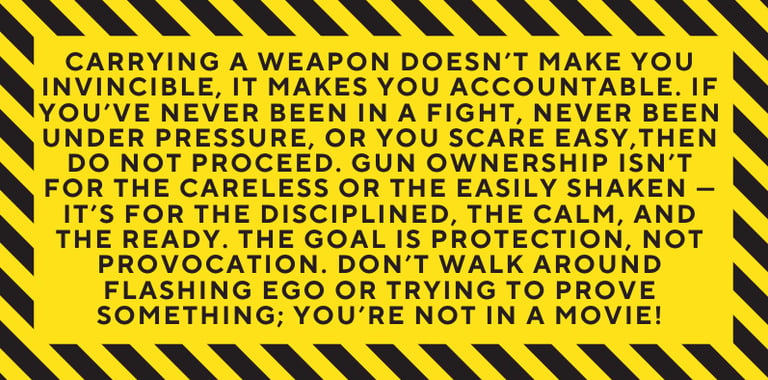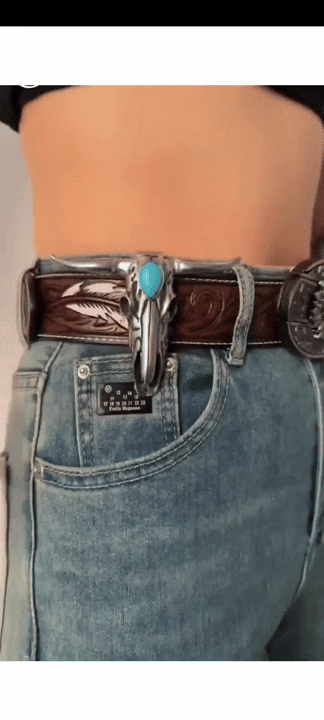3. Choices that make sense for women (overview, not instructions)
There are many carry methods — pick what fits your life, clothing, and routine. Consider:
Inside-the-waistband (IWB) for strong concealment and balance with everyday clothes.
Outside-the-waistband (OWB) with a cover garment for comfortable carry when visibility is less of a concern.
Purse carry with a dedicated holster compartment and strict purse discipline (never set it down unattended).
Ankle carry when you need deep concealment and mobility isn’t critical.
Clutch / specialized women’s carry bags and crossbody holsters designed to prevent easy access by someone else.
Each method has tradeoffs. The point is: there’s an option that fits your body, wardrobe, and life.
4. What matters more than the gun: training, skill, and legal knowledge
Owning a firearm is the easy part. The serious work is ongoing:
Get certified training from reputable instructors — firearms safety, marksmanship, and scenario-based training.
Practice regularly at a range and in safe, controlled environments so your muscle memory is reliable.
Know your local laws inside and out: concealed carry permits, where you can/can’t carry, what constitutes lawful use of force.
Learn de-escalation and avoidance — the best fight is the one you avoid. Threat recognition and escape planning are essential skills go with the territory. *Read more on the subject of navigating around weaponry for urbanites on another blog article of ours titled "Women & Firearms"
Firearms & concealed carry: New York requires proper licensing to carry concealed and enforces training, interviews, and character checks; NYC and some counties have their own added steps. Expect a nontrivial application process and continuing compliance (recertification/renewal rules). NY also enforces “sensitive location” restrictions — to know where you flat out can’t carry.



